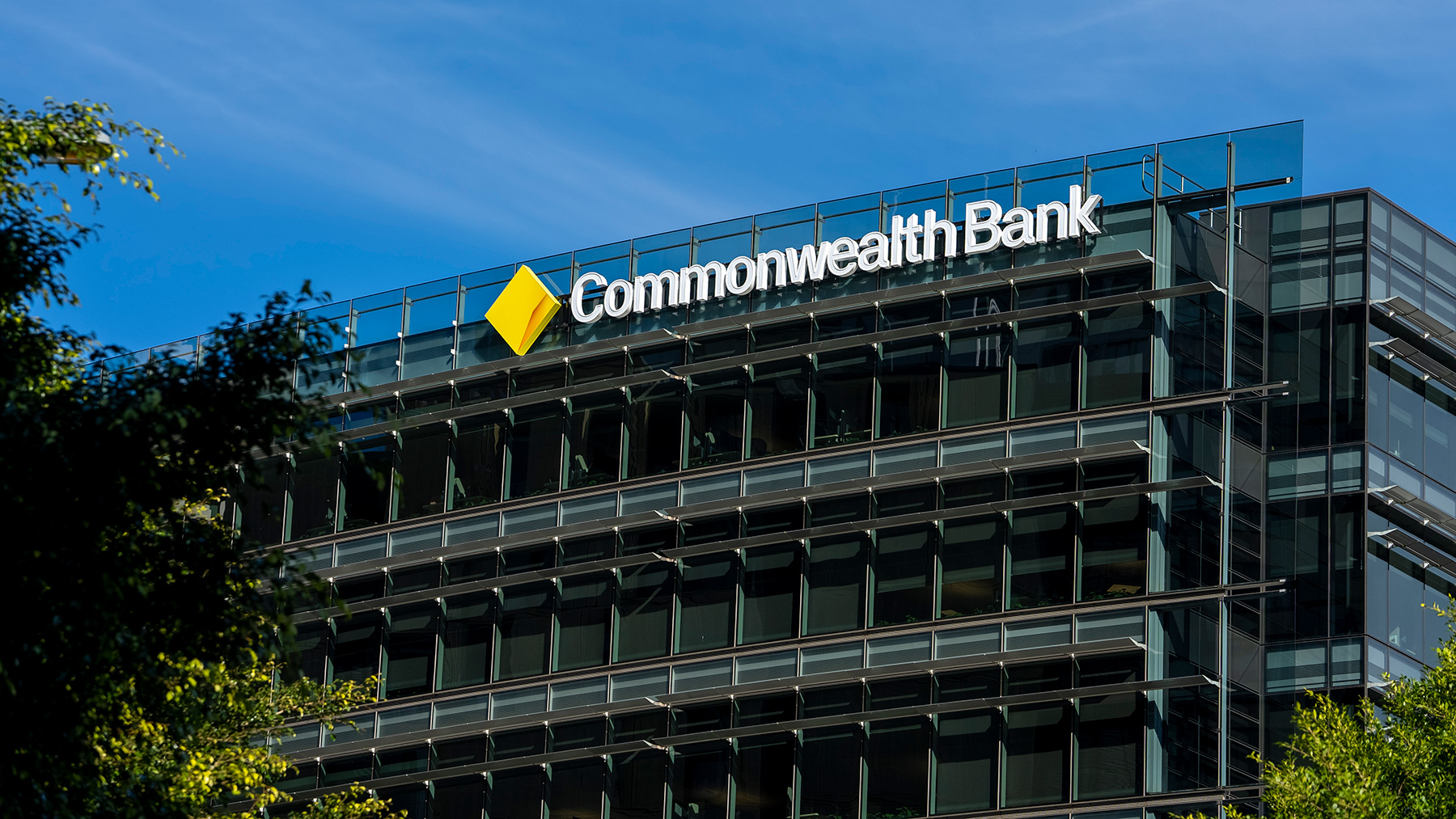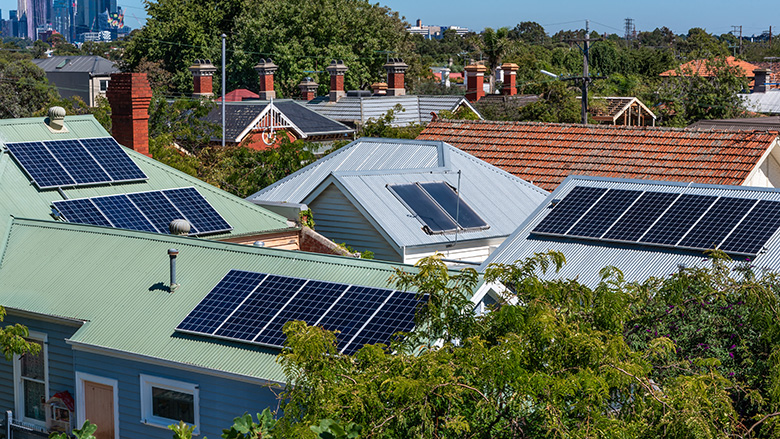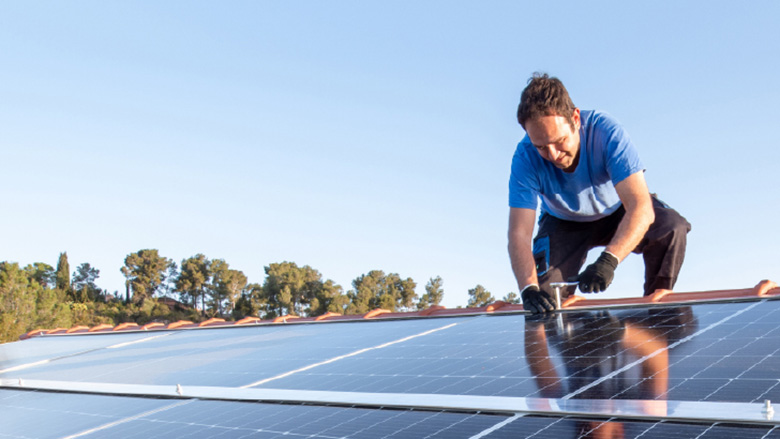Commonwealth Bank of Australia (CBA) has delivered an 11% uplift in cash net profit after tax of $9.6 billion for the 12 months ending 30 June 2022 following a year of continued focus on service to customers, disciplined operational and strategic execution.
As a sign of the Bank’s continued balance sheet strength, CBA ended the 2022 financial year with a Common Equity Tier 1 (CET1) capital ratio of 11.5%.
The outcome of the consistent operating performance will see shareholders receive a final dividend of $2.10 per share, taking the full year of $3.85 per share, fully franked, an increase of 10% on the previous financial year.
The increase in cash profits was supported by operational performance and volume growth in core businesses as well as sound credit quality and the reduction of provisions related to the uncertainties associated with the impacts of the COVID-19 pandemic.
Provision coverage as a proportion of credit risk weight assets (RWAs) was at 1.36%.
From a credit quality perspective, the Bank’s asset portfolio remains sound with consumer arrears (covering home loans, credit cards and personal loans) all remaining low as a result of good origination quality, low unemployment and significant household savings buffers.
Underscoring the ongoing improvements at the core business and strategic levels, Matt Comyn, CBA’s CEO said the operating context had changed significantly during the year.
“The economy recovered strongly as we adjusted to living with COVID-19,” said Mr Comyn following the release of the result to the Australian Stock Exchange on Wednesday 10 August 2022.
“However, many of our customers have been impacted by devastating natural disasters and rising cost of living pressures. Around the world geopolitical tensions have created additional uncertainty in financial markets
“We have focused on strengthening our relationships with our customers, which resulted in further growth in our deposit and lending volumes to household and business customers.
“Our operating performance was higher as a result of this continued volume growth and profitability was further supported by sound portfolio credit quality.”
The highlights of the result were:
- Operating income* up 1% at $24.4 billion, driven by volume related growth in our core products , partly offset by a decrease in net interest margin;
- Net interest margin (NIM) down 18 basis points to 1.9%, mainly as a result of a large increase in low yielding lower home loan margins, partly offset by increased deposit earnings;
- Operating expenses* down 1% to $11.2 billion, which was a reflection of lower remediation costs and productivity benefits, partly offset by higher staff costs;
- Deposits from retail, business and institutional customer accounted for 74% of total Group funding;
- Investment spending of $1.9 billion as the Group continued to invest in its core banking franchises to reinforce its customer proposition and extend its digital leadership.
Commenting on the outlook for the national economy, Mr Comyn said: “Against many measures Australian households and businesses are in a strong position given low unemployment and strong non-mining investment.
“However inflation is high and we have seen a rapid increase in the cash rate which is negatively impacting consumer confidence. We expect consumer demand to moderate as cost of living pressures increase.
“It is a challenging time but we remain optimistic that a path can be found to navigate through these economic conditions. We remain of the view that the medium term outlook for Australia is a positive one. Our purpose, to build a brighter future for all, reflects the role we play in supporting our customers and the domestic economy during periods of uncertainty.
“We continue to invest in our business to reinforce our customer propositions and extend our digital leadership position.”
*Excluding one-off items. Revenue one-off represents a $516 million gain on sale of ~10% shareholding in Bank of Hangzhou. Expense one-offs represent $445 million of expense relating to accelerated software amortisation and other costs.






